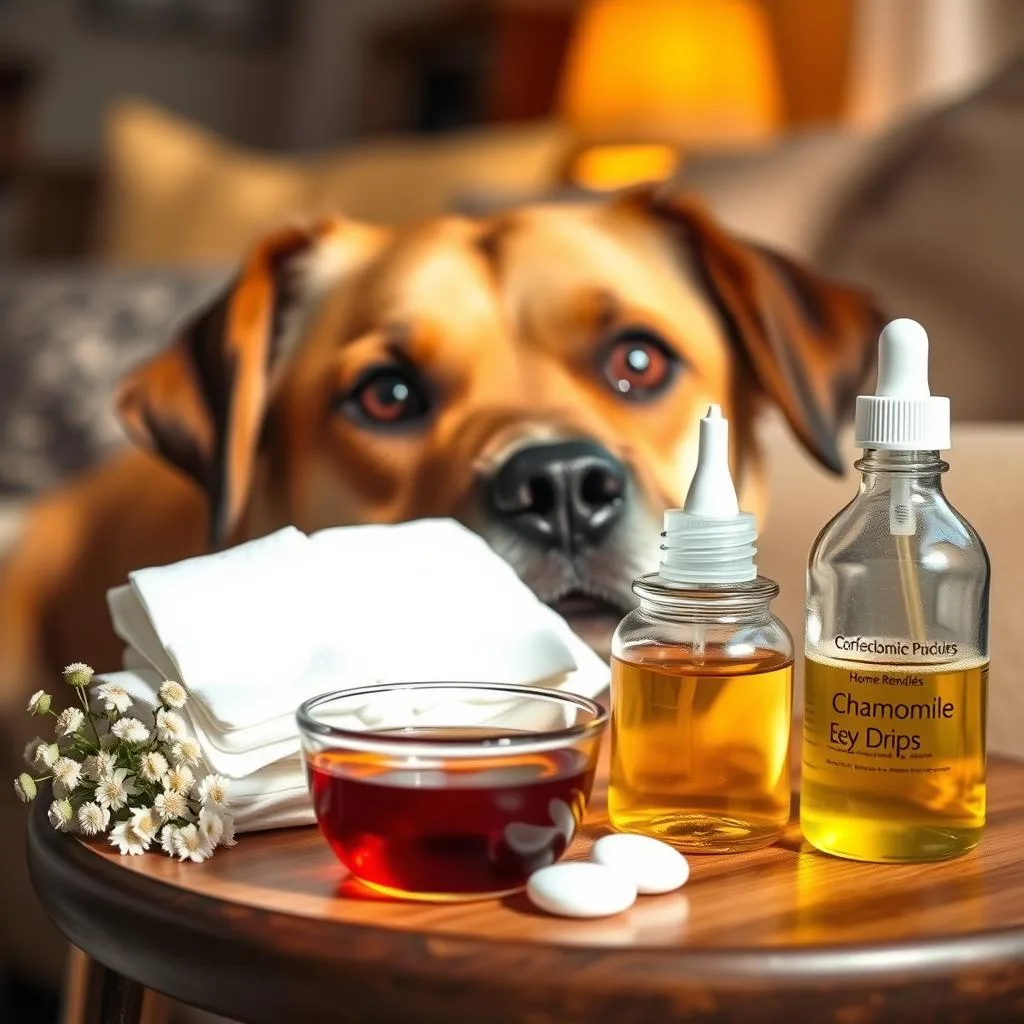Seeing your dog’s red, watery eyes can break your heart. It’s tough to see them in pain. A gentle home remedy can help bring back their sparkle.
Your pet depends on you. Simple steps like cleaning around their eyes or using a warm compress can help. Knowing their eyes might get better soon can offer comfort. Always keep your vet updated if symptoms don’t go away.
Understanding Canine Pink Eye
Pink eye in dogs is known for causing redness and swelling in their eyes. It happens when the thin tissue covering each eye gets inflamed. This can be due to allergens, bacteria, or viruses found in places dogs explore.
This condition may lead to watery discharge, crusty eyelids, and occasional pain. It’s important to watch for these signs to catch the problem early.
The Basics of Pink Eye in Dogs
Pink eye in dogs, or conjunctivitis, can make them squint or blink a lot. You might see crusty residue around their eyelids or notice them rubbing their face on furniture. Spotting these signs early is key to treating it effectively.
An effective treatment plan often starts by identifying allergens or irritants. Then, steps are taken to soothe the inflamed tissue.
How It Spreads and Common Risk Factors
Close contact with infected animals is a main cause of pink eye, if it’s viral or bacterial. Shared toys or bedding can also spread it. Dusty environments add to the risk.
This resource provides tips on preventing its spread. Keeping things clean and limiting your dog’s contact with irritants helps them recover faster.
Symptoms to Recognize Early
Red or swollen eyes are the first signs. You might see crusty or watery discharge around the lids. Your dog may blink a lot to feel better.
Head shakes or sudden face rubbing against the floor often signal irritation. This is a sign that needs your attention.
These early issues are a call to action. If you notice unusual discharge or persistent tear stains, consider natural remedies for canine pink eye. A calm, gentle technique works best when applying rinses or herbal dampened pads.
- Red or puffy eyes
- Excessive blinking
- Crusty or watery discharge
- Pawing or rubbing at the face
Give your pet soothing relief at home, yet stay watchful for changes. For more details on possible triggers, visit this veterinary resource. Early detection allows you to attempt natural remedies for canine pink eye, along with professional care if signs grow worse.
Common Causes and Possible Risks
Your dog’s eyes can get irritated by things in the air. Tiny particles in smoke or dust can cause redness. Pollen in the air can make them sneeze and water more.
These small issues can turn into pink eye if not treated. Taking care of your dog’s eyes at home can prevent this.
Environmental Irritants and Allergies
Dogs often get upset by pollen, mold, or cleaners. Allergic conjunctivitis is a common problem. You might see swelling, redness, or a strong urge to scratch.
Strong smells from cigarettes or harsh sprays can make it worse.
Bacteria, Viruses, and Underlying Conditions
Some germs spread fast between dogs. Eye infections from bacteria and viruses can get serious. Without quick action, they can harm the cornea and threaten vision.
Dogs with dry eye or eyelid problems are at higher risk. Vaccines and at-home care can help. If symptoms get worse or last too long, see a vet.
When to Consult a Veterinarian
If your dog’s eye stays red or has thick discharge, it might need a vet. Swelling or trouble opening the eye is a clear sign. Start with gentle cleaning, but if it doesn’t get better, see a vet.
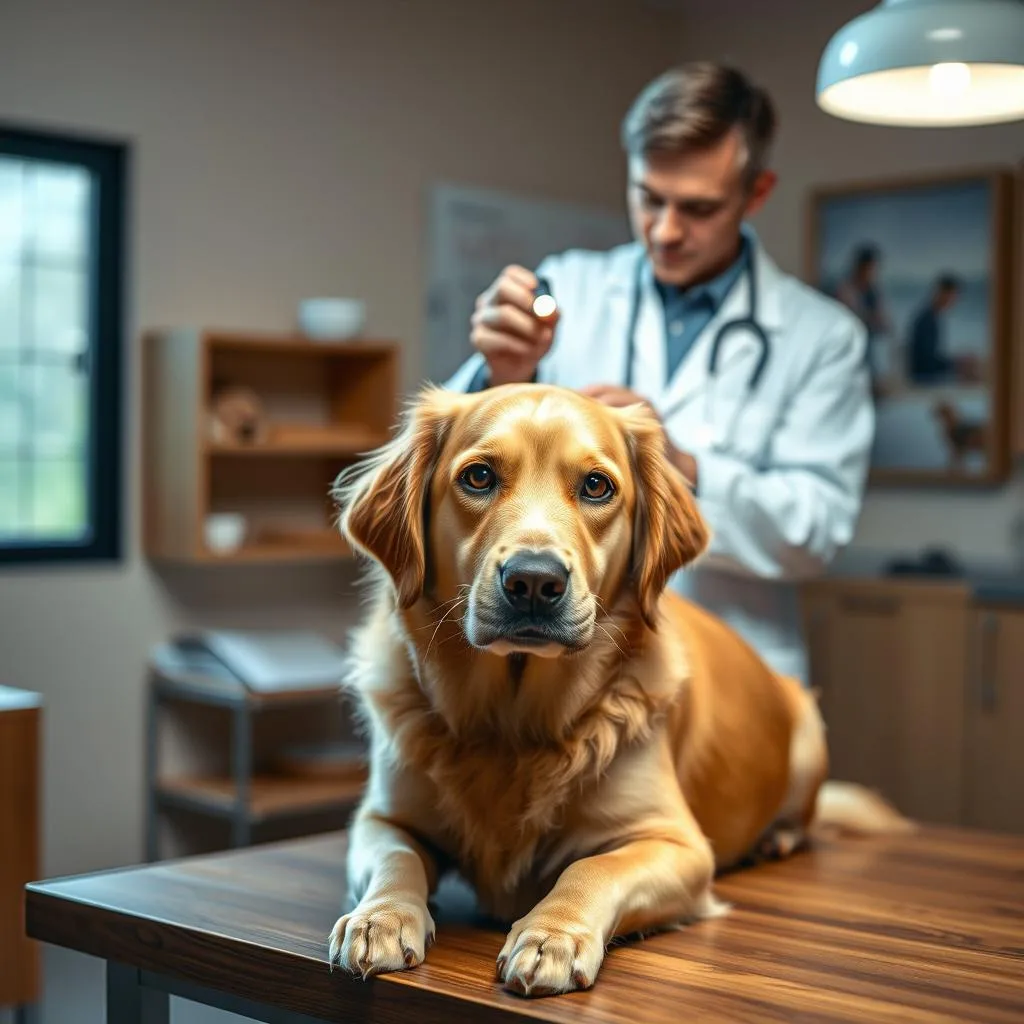
Vets do detailed checks to find the cause and treat it fast. Early visits can prevent serious problems. If home treatments don’t work, a vet can give antibiotics or anti-inflammatories.
Watch for green or yellow discharge, as it means a serious problem. Quick diagnosis and treatment help your pet recover safely and quickly.
Effective Dog Pink Eye Home Remedy Options
Your dog’s eyes need gentle care when they get red and irritated. Simple home steps can help ease the discomfort. But, watch closely for any worsening symptoms. If the infection is severe, your vet is the best choice.
Make sure to clean your hands before touching your dog’s eyes. Watch for any discharge or signs of pain. Stop if your dog seems uncomfortable.
Over-the-Counter Saline Solutions
Saline rinses can clear out dust, allergens, or other particles. Use a sterile dropper to gently rinse the eye. Then, use a clean cotton pad to blot away any extra moisture. This method is safe and helps your dog feel better.
Gentle Herbal Washes and Teas
Herbal compresses can soothe your dog’s eyes. Try using cool or lukewarm chamomile tea to reduce redness. Soak a cloth in the tea, wring it out, and gently pat the area around the eyes. Always throw away used tea to keep things clean.
| Option | Usage |
|---|---|
| Saline Drops | Flush irritants and keep eyes moisturized |
| Herbal Compress | Reduce minor inflammation with mild tea soaks |
Using Warm Compresses for Soothing Relief
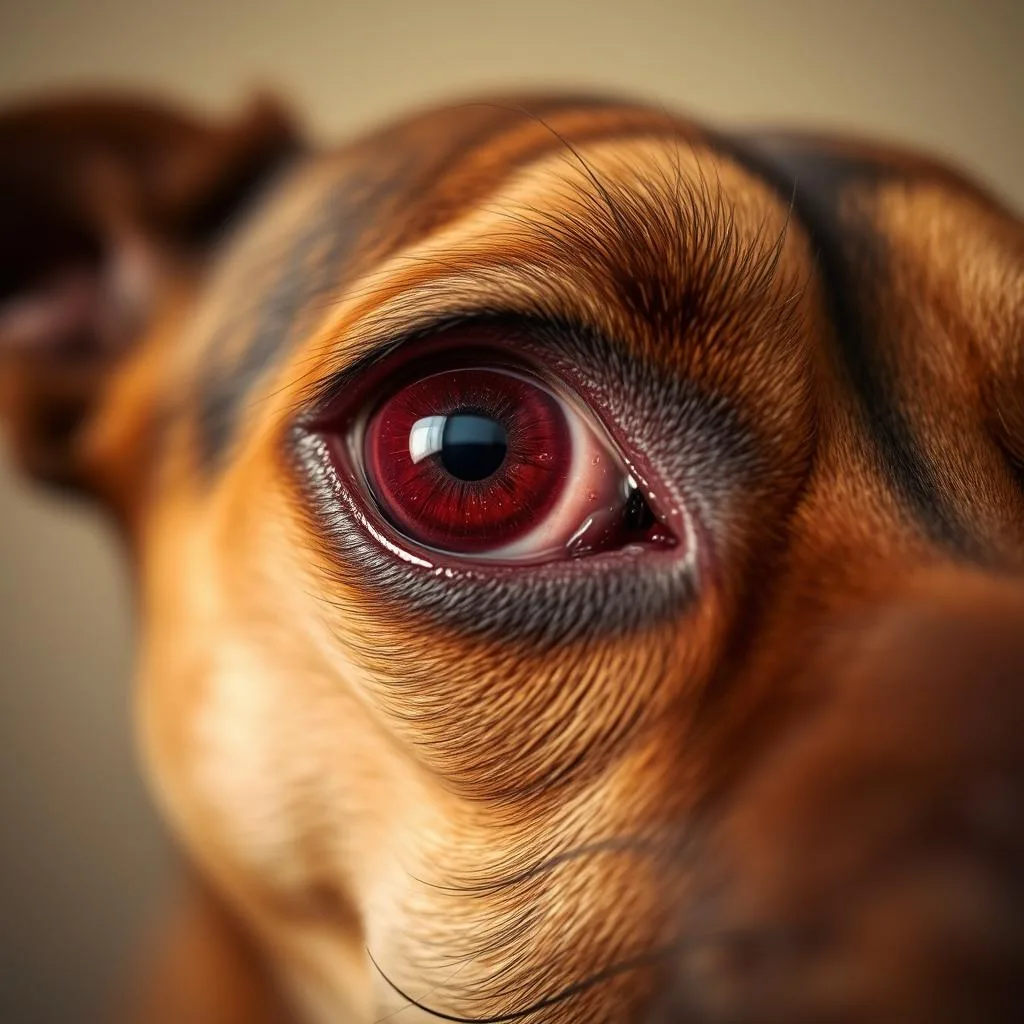
Using a warm compress can help ease your dog’s eye discomfort. It loosens crusts or debris and offers a calming effect. Just use a soft cloth soaked in warm water, not too hot.
Put the compress on your dog’s closed eye for a few minutes. You might see them relax as the warmth soothes their itch. Regular use can help keep them more comfortable. Always check the temperature first and stop if they seem uncomfortable.
- Warm a clean, damp cloth in water that is comfortable to the touch.
- Gently press the cloth against the affected eye for around 30 seconds.
- Repeat as needed, keeping an eye on excess discharge or irritation.
Every dog is different. Watch for any changes and get help if things get worse. Warm compresses are a good choice for treating dog eye infections at home.
| Compress Step | Key Tips |
|---|---|
| Prepare Cloth | Use clean material and test warmth before applying |
| Apply Gently | Press with mild pressure and avoid open eyes |
| Check Response | Monitor relaxation and remove if distress arises |
Saline Rinses and Eye Drops
Saline washes help keep your dog’s eyes clean from dust and dirt. Eye drops can also help if irritation doesn’t go away. Both are gentle ways to treat pink eye in dogs, but you need to be careful when using them.
Proper Application Techniques
Always use clean hands. Gently pull down the lower eyelid. Put a few drops in without touching the bottle to your dog’s eye. Let your pet blink to spread the fluid.
This helps remove irritants and keeps the area clean.
- Find a calm spot to keep your pup steady
- Sterilize or wipe the dropper tip first
- Watch for excess redness or discomfort
Frequency and Dosage Considerations
Saline rinses are often used twice a day. Some dogs might need more drops, depending on the vet’s advice. Stop if your pet shows pain or if swelling gets worse.
It’s important to have a vet check if problems persist or get worse.
Herbal and Natural Solutions
Many dog owners look into mild herbs for eye care. A gentle rinse with chamomile or calendula can help soothe minor redness. It can also offer relief for pink eye in dogs. To use, steep the herbs in warm water, let it cool, then apply with a soft cloth.
Always test a tiny spot on your dog’s skin first. Some pets may react differently to herbal blends. Watch for bad signs. For more natural approaches, check out this home remedy guide. If issues get worse, seek prompt veterinary care.
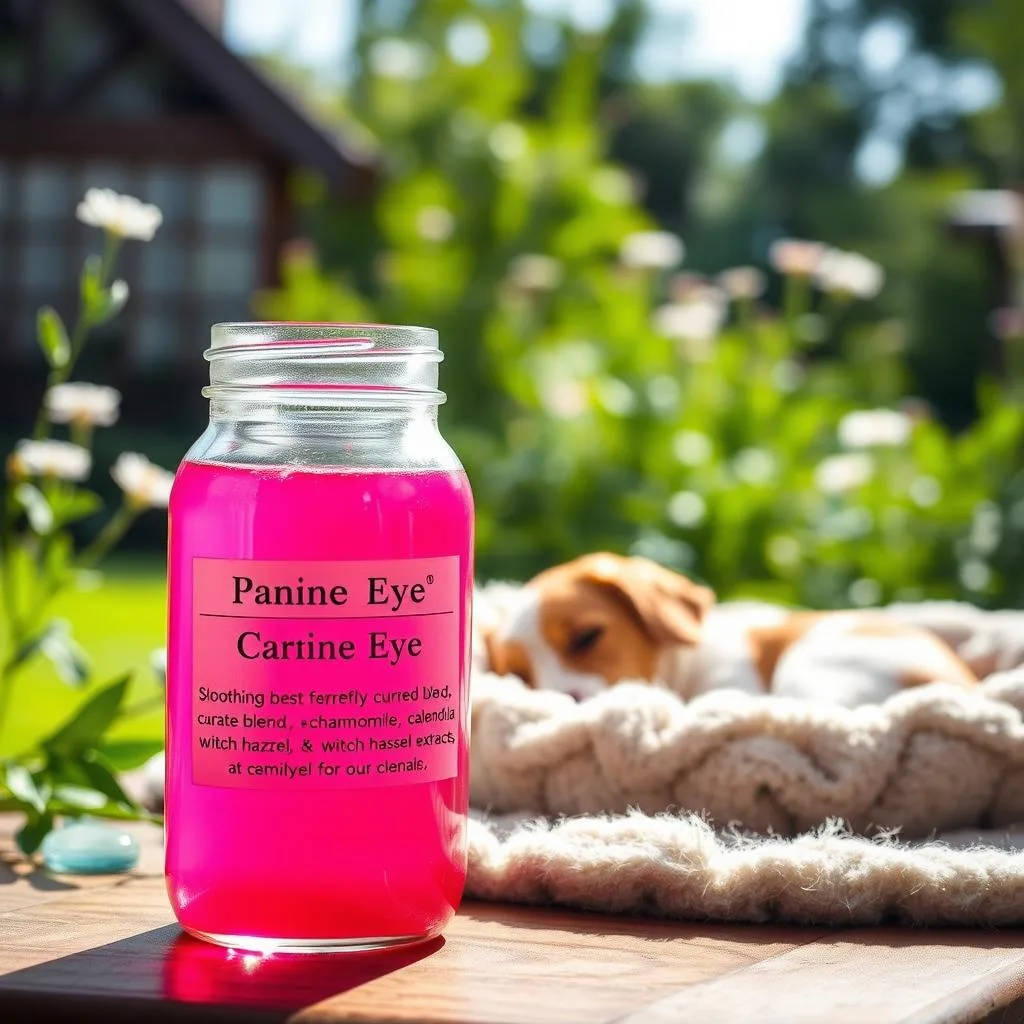
- Use fresh herbal tea without added ingredients
- Dab gently around the eye without rubbing
- Stop immediately if irritation grows worse
Creating a Calm Recovery Environment
Your dog’s healing is better when it’s quiet and comfy. A peaceful spot helps with any holistic pink eye treatment. Think of a quiet corner, soft lights, and cozy beds for your pup to rest.
Quiet spots can stop your dog from rubbing its eyes. This helps avoid more irritation. Keep it calm by limiting loud noises and busy activities. A favorite blanket or toy can make the space even more peaceful.
Limiting Stress and Promoting Rest
Keep your dog relaxed. If light bothers them, dim the room. Stay away from dusty areas that make them sneeze or rub their eyes. Soft music can also help.
- Offer clean water within easy reach
- Pick low-traffic areas with minimal foot movement
- Check for signs of tension, like rapid breathing
Visual Cues Your Dog Is Improving
Watch for calmness and daily changes. Look for less redness, fewer eye discharges, and less scratching. An eager appetite and playful mood are good signs. These show your dog is getting better, thanks to holistic treatments.
Diet and Nutrition Support
A balanced diet is key for your dog’s healing. It gives them the vitamins and nutrients they need for a strong immune system. Quality proteins, fresh fruits, and crisp vegetables are full of antioxidants.
Probiotics and fiber from safe veggies help with digestion. This is good for overall health.
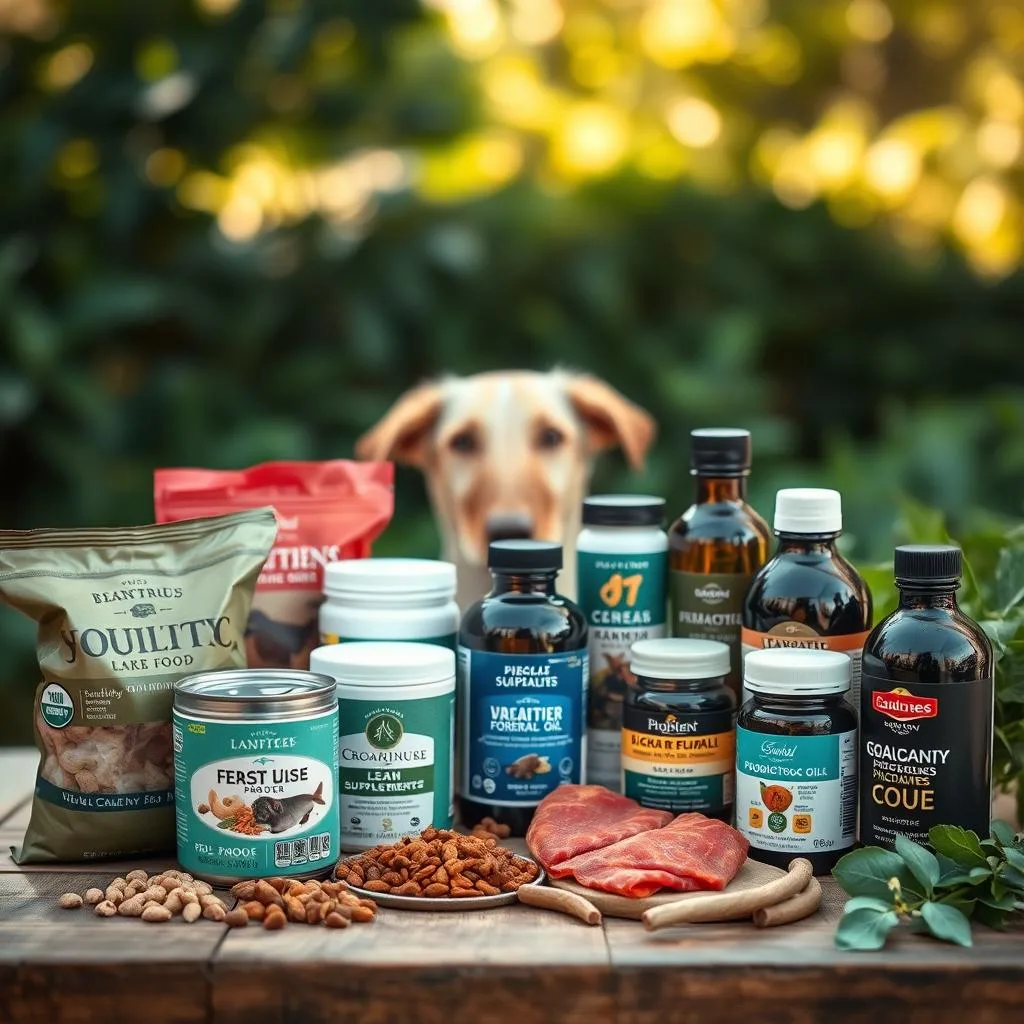
Omega-3s from fish or flax can help with pink eye discomfort. Sweet potatoes, blueberries, or spinach are rich in vitamins. They keep cells strong and resilient.
Lean meats or eggs provide valuable amino acids. It’s also important to keep your dog hydrated with fresh water.
For more on important nutrients like zinc and lutein, check out this trusted resource. A good diet, along with regular feeding, can help your dog’s body fight off infections. A supportive meal plan is not a replacement for professional advice. But it can help your dog’s healing process.
Preventive Measures to Keep Pink Eye at Bay
You want your dog’s eyes to stay bright and comfortable. A few consistent habits help shield them from itching or recurring trouble. Clean surroundings and gentle care make a big difference, which is key when dealing with pink eye concerns.
Daily attention to discharge removes debris before it causes irritation. You might check your pup’s eyes after outdoor play to catch specks of dust or plant matter. Regularly trimming hair around the eye area stops tangles from poking sensitive spots.
Routine Grooming and Hygiene Tips
Lightly wipe around each eye with a damp cloth, focusing on any buildup that could harbor germs. Keep bedding fresh and bowls free of residue. This limits bacteria and ensures a sanitary space for your pet’s relaxation.
| Action | Frequency | Benefit |
|---|---|---|
| Wipe Discharge | Daily | Removes irritating debris |
| Trim Hair | As needed | Prevents unwanted rubbing |
| Disinfect Bowls | Weekly | Keeps germ spread minimal |
Managing Contact with Infected Pets
It helps to limit close interactions if your dog’s playmate shows signs of eye problems. Contaminated bowls or toys should be washed right away. Simple steps can cut down on avoidable infections and keep your pet’s eyes healthy.
Signs Your Dog Needs Professional Care
If home remedies for dog pink eye don’t help, it’s time to see a vet. Serious signs need attention right away. Ignoring them can cause permanent damage or vision loss.
Getting a vet’s opinion gives you peace of mind. They can tell if your homemade treatments are working or if your dog needs special medicine.
- Thick or worsening discharge
- Refusal to open the affected eye
- Persistent redness or color changes
- Constant squinting or visible swelling
These signs often mean the problem is more serious than a simple irritation. Getting help early can prevent bigger issues. If your dog keeps scratching or seems in pain, it’s time for a vet.
A vet visit ensures any infection or underlying cause is treated right. This reduces the risk of serious problems. Your quick action shows your dog you care, giving it the relief it needs.
Real-Life Example of Home Remedy Success
Many pet owners have seen their dogs get better from pink eye at home. They used gentle methods and watched their pets closely. This helped their dogs feel better in just a few days.
One Pet Owner’s Approach
In San Diego, a dog owner noticed mild redness and discharge around her Labrador’s eyes. She used Bausch + Lomb sterile saline rinses every morning. She also used a warm compress over the area twice a day.
She gently wiped away any crust with a clean cloth. She kept a close eye on her dog’s condition. Keeping her dog calm and stress-free was key.
Practical Takeaways You Can Try
The Medical News Today article suggests pink eye can clear up quickly. This happens when you rinse regularly, let your dog rest, and avoid irritants.
- Rinse regularly for clean, soothed eyes
- Apply a warm compress for extra relief
- Monitor carefully and contact a veterinarian if it worsens
| Remedy | Key Action | Possible Outcome |
|---|---|---|
| Saline Rinses | Cleanse discharge gently | Reduced irritation |
| Warm Compress | Soften crusts and relax tissues | Quicker relief |
| Restful Environment | Minimize stress and movement | Faster healing |
Myths and Misconceptions to Avoid
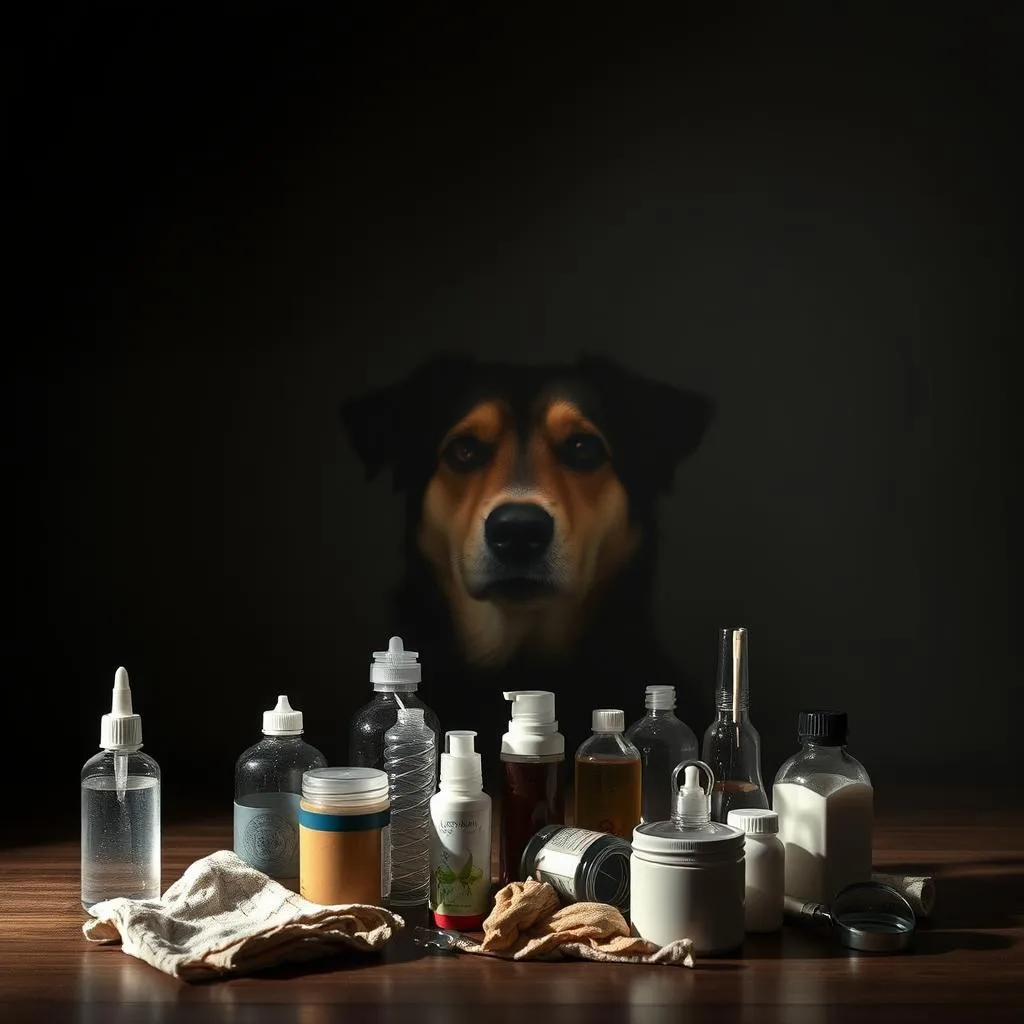
There are myths about caring for dog pink eye. Some think it will go away by itself, which can lead to infection. Others believe any eye drop is okay for dogs, even if it’s for humans. This can hurt your dog’s eyes and cause pain.
Here are some common myths:
- Contact lens solutions are safe – They are not sterile in the way your dog needs.
- Ignoring signs – Delaying help may lead to bigger complications.
- Essential oils are always gentle – Some oils burn sensitive eyes, so get expert guidance first.
Always check with your vet before trying any remedy. A proper saline solution made for dogs is better than random products. Quick action helps ease discomfort. If symptoms get worse or you think your dog’s eye is damaged, see your vet. Making informed choices helps your dog recover safely.
Conclusion
Early detection is key when dealing with canine pink eye. Mild cases can be treated with simple home remedies like saline rinses or herbal solutions. A calm environment and low stress help a dog recover faster. Also, a balanced diet can boost a dog’s immune system to fight off the infection.
Monitor your dog’s vision closely during home care. If dog pink eye doesn’t get better, it’s time to see a vet. A vet can find the cause and prevent serious damage. If symptoms don’t go away, it might mean a more serious issue that needs medicine.
You are very important to your pet’s health. Quick action, gentle care, and watching closely can make a huge difference. Your pet’s comfort is key, and working with a vet ensures they get the best care.
